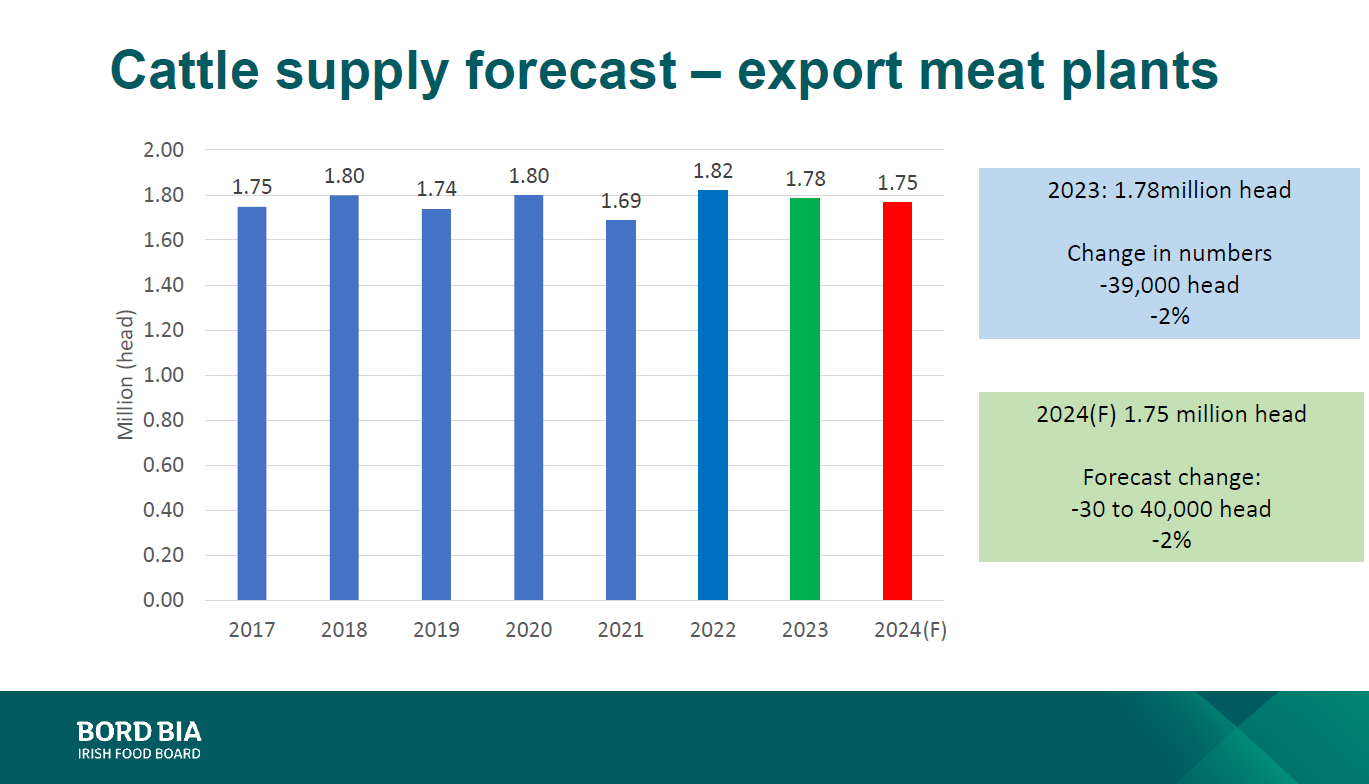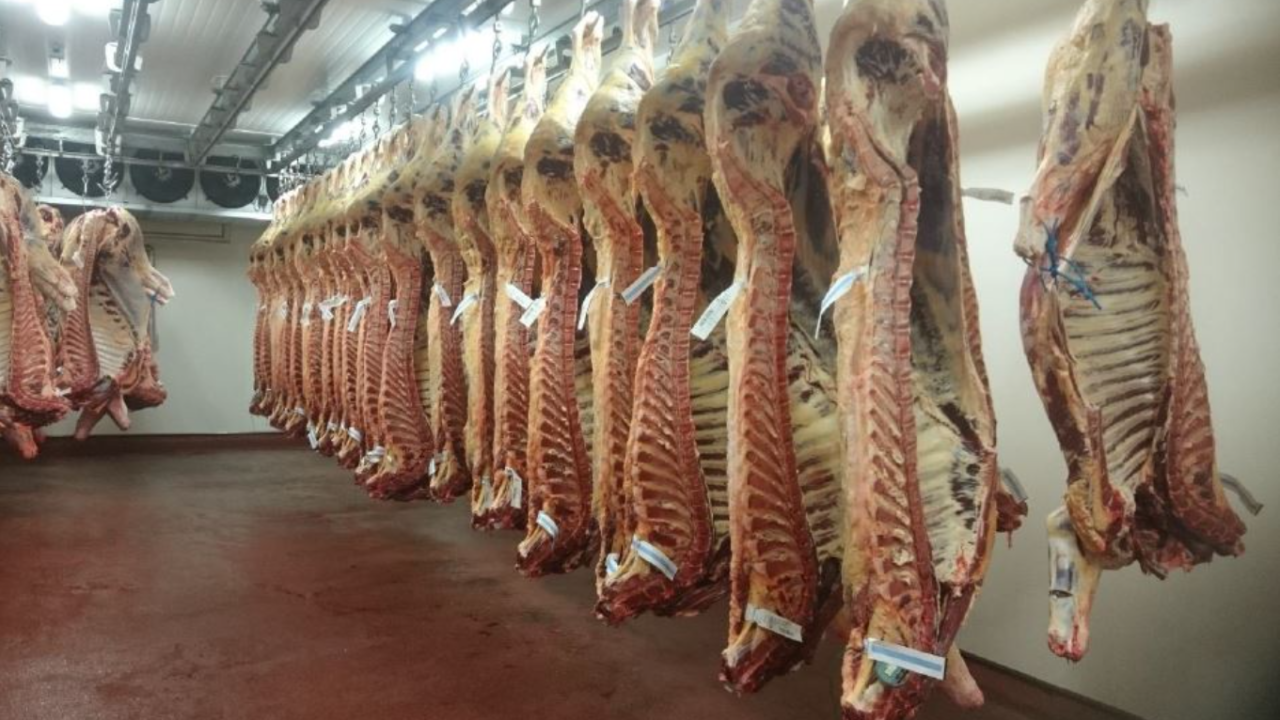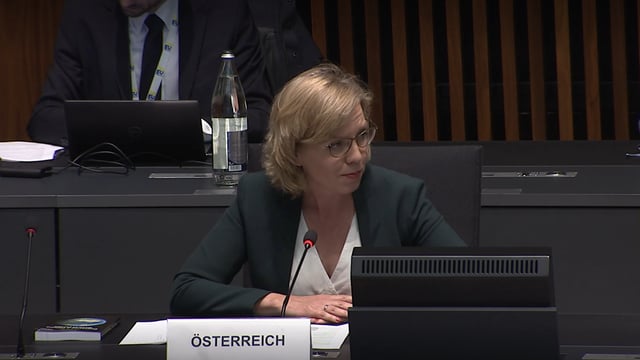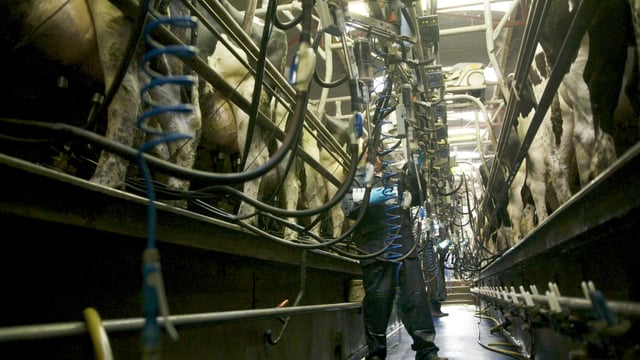Factory cattle supply shortage as kills dip under 29,500/week
This June has seen a major tightening of the finished cattle supply as factory throughput has failed to surpass 29,500 cattle/week in the first two weeks of this month.
The narrative coming from processors is that 'supply is tight but demand is also relatively low' but despite this, the supply shortfall is pushing up the price quotes for cattle.
The week following the June bank holiday weekend seen the lowest weekly beef kill recorded this year with 28,500 cattle (excluding veal) slaughtered in the week ending Sunday, June 9.
Last week, supplies failed to recover significantly with just under 29,500 head of cattle (excluding veal) slaughtered at Department of Agriculture, Food and the Marine (DAFM) approved factories in the week ending Sunday, June 16.
To put this into context, last week's beef kill was over 2,800 head of cattle or 9.5% below the equivalent week of 2023.
Last week also saw the lowest steer kill recorded this year with just over 9,400 head of steers slaughtered at DAFM-approved factories, down from just under 11,400 head in the same week of last year.
Most factories had expected cattle supplies to tighten at some stage in the second quarter of this year and Bord Bia had forecast cattle supplies to drop by 30-40,000 head this year.

Despite this forecast, weekly cattle kills had been higher in the first four months of this year than the equivalent weeks of last year and as of Sunday, May 19, the cumulative kill this year was over 30,000 head of cattle above last year.
However, since the first full week of May, cattle supplies have been falling significantly below the equivalent weeks of last year and the cumulative kill this year is now just under 23,000 head of cattle above last year.
If the Bord Bia forecast materialises, supplies of cattle will be set to fall further this year - but it remains to be seen if and when this trend will materialise.
A number of factors have attributed to the current tightening in cattle supplies.
As well as the lower population of slaughter age cattle in the country, the poor weather conditions this spring resulted in many cattle that were bought for grass remaining housed due to prolonged rainfall.
Any of these cattle that were 'pushed on' for fattening and finishing came fit in the shed - earlier than originally expected.
The remainder of these cattle were let to grass at a later turnout date and missed out on much of the early spring thrive that cattle tend to achieve of early spring grass - in good conditions.
This has delayed the arrival of many of these cattle to factories and the impact of this trend will be seen in beef kill numbers over the remainder of the grazing season.





